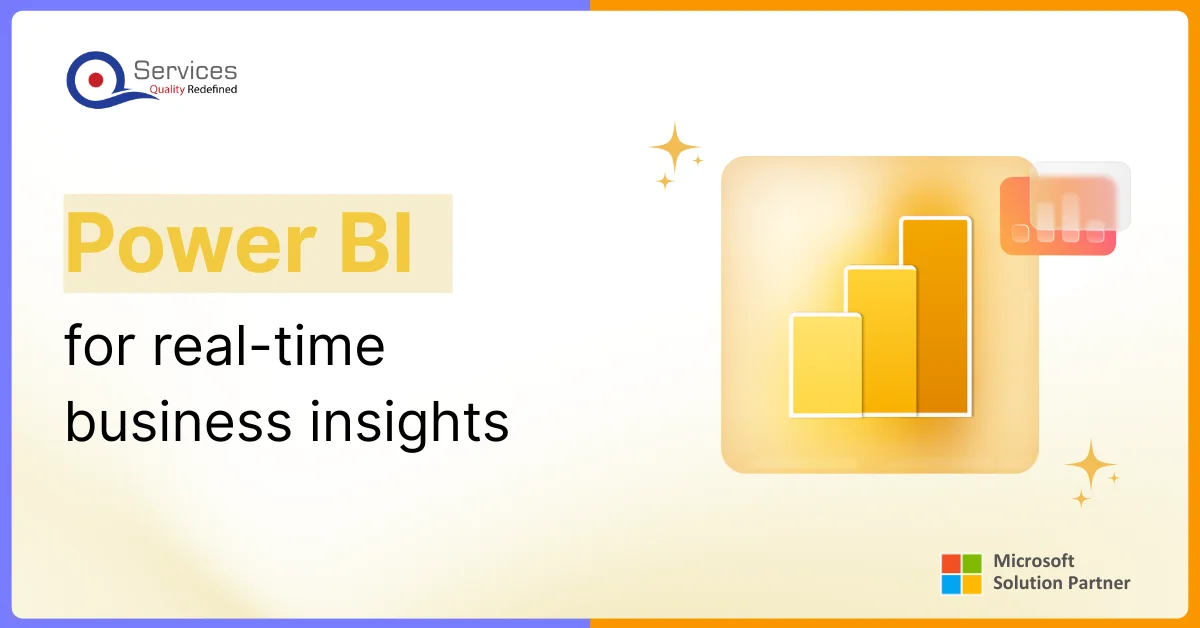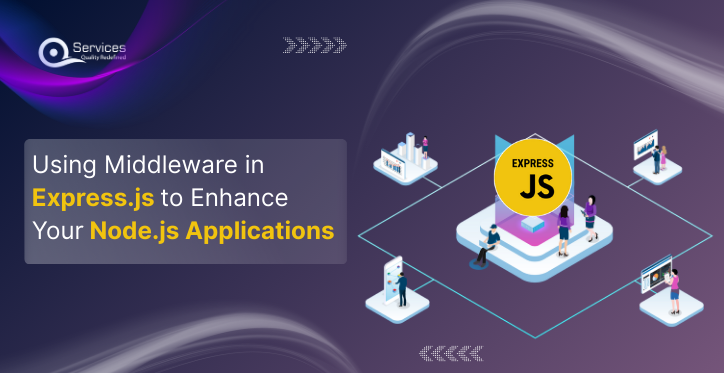
Home » Integrating MongoDB with Node.js Using Mongoose for Data Management

Node.js and MongoDB are amongst the most common technologies used nowadays for building fast, scalable, and efficient applications on modern web development. Node.js, with its characteristics as asynchronous, non-blocking code, is excellent for building applications for real-time communication, APIs, and microservices, and MongoDB provides a NoSQL database with flexibility in terms of schema-less data models suitable for dynamic applications requiring high performance.
But working directly with MongoDB can sometimes be challenging. Enter Mongoose. Mongoose is an impressive MongoDB and Node.js ODM library, offering a higher-level abstraction that makes it easier to deal with data and work with MongoDB using JavaScript. In this blog post, we walk you through integrating MongoDB with Node.js using Mongoose from A to Z – set up environment to handling database operations efficiently.
Mongoose is an ODM, or Object Data Modeling library, for MongoDB and Node.js. It’s designed to provide a powerful set of tools to interact with the MongoDB database in a much more structured and efficient way. While MongoDB natively stores data in a flexible, schema-less form, it allows you to define strict schemas that structure and validate your data before saving it to the database.
Mongoose provides several benefits:
Before we begin writing code, let’s ensure you have the tools installed that you are going to need.
1.Install Node.js: If you do not currently have it installed on your system, you can download and install it from here.
2.Install MongoDB: You can install MongoDB locally or opt to using a cloud solution such as MongoDB Atlas.
Run the commands below in your project folder to get started with the initialization of a Node.js project.
This will create a package.json file in your project directory.
Now you will install Mongoose with npm using the following command:
We will use Mongoose’s connect function, which will create a connection to the MongoDB database. In this example, we will use a local MongoDB database called myapp.
Mongoose uses schemas to define the structure of documents within a collection. After a schema is defined, Mongoose produces a model from the schema that’s used to communicate with the database.
Let us define a schema for a “Item” collection with three fields: name and Description.
Here, we’ve defined the schema for the Item model, specifying that the name and description fields are required.
Using the Model
Now that we have defined the schema, we can create instances of the Item model and interact with MongoDB.
Mongoose simplifies performing CRUD operations on MongoDB. Let’s see how to perform each of these.
Create
It’s easy to create a new document using Mongoose. You only need to create an instance of the model and call the save method.
Read
You can query the database using methods like find(), findOne(), or findById().
Update
To update a document, you can use methods like updateOne(), updateMany(), or findOneAndUpdate().
Delete
To delete a document, you can use either the deleteOne() or deleteMany(). A computer code with text
Data Validation in Mongoose
The most important aspect of Mongoose is that it validates data before saving it to the database. Mongoose comes with built-in and custom validators to ensure your data meets all your requirements.
Built-in Validators
Here’s an example of using built-in validators like required, unique and minLength:
const userSchema = new mongoose.Schema({
name: { type: String, required: true },
email: {
type: String,
required: true,
unique: true,
validate: {
validator: function(v)
return /@/.test(v); // Simples check for ‘@’ symbol in email
},
message: props => `${props.value} is not a valid email!`
}
}
});
Custom Validation
You can also implement custom validation logic using the validate property on schema fields:
userSchema.path(’email’).validate(function(value) {
return /@/.test(value); // Ensure the email contains ‘@’
}, ‘Invalid email format’);
Database Connections
Mongoose provides a few convenient features to manage database connections properly.
You can handle multiple connections or disconnect from MongoDB using Mongoose.
mongoose.connect(‘mongodb://localhost:27017/myapp’, { useNewUrlParser: true, useUnifiedTopology: true })
.then(() => console.log(\”Connected to MongoDB\”))
.catch((err) => console.log(\”Connection error\”, err));
// Disconnect
mongoose.disconnect();
Handling Errors
Errors should be handled in the most graceful way, especially for database connections and operations. Mongoose handles some errors for you, like database connection errors, validation errors, and so on.
mongoose.connection.on(‘error’, (err) => {
console.error(‘Database connection error:’, err);
});
Get free Consultation and let us know your project idea to turn into an amazing digital product.

 Installing MongoDB
Download MongoDB from https://www.mongodb.com/try/download/community.
Follow the installation guide for your OS.
Start MongoDB using the command:
monod
Alternatively, you can use MongoDB Atlas (a cloud-based service) instead of a local installation.
Installing MongoDB
Download MongoDB from https://www.mongodb.com/try/download/community.
Follow the installation guide for your OS.
Start MongoDB using the command:
monod
Alternatively, you can use MongoDB Atlas (a cloud-based service) instead of a local installation.
 Initialize a new Node.js project:
npm init -y
This creates a package.json file in your project directory.
Initialize a new Node.js project:
npm init -y
This creates a package.json file in your project directory.
Share your project idea with us. Together, we’ll transform your vision into an exceptional digital product!

Integrating MongoDB with Node.js using Mongoose offers a powerful way to manage data in modern web applications. Throughout this guide, we’ve shown how Mongoose simplifies database operations by providing schemas, validation, and an intuitive API for CRUD operations. The combination of Node.js’s speed with MongoDB’s flexibility creates applications that are both responsive and scalable.
Whether you’re building a simple application or a complex API, Mongoose helps bridge the gap between Node.js and MongoDB, making database management more straightforward and less error-prone.
MongoDB is the NoSQL database, while Mongoose is an ODM library that provides structure, validation, and simplified methods for interacting with MongoDB in Node.js applications.
Use mongoose.connect() with your MongoDB connection string, then handle the promise with .then() and .catch() or use async/await to establish and verify the connection.
A Schema defines the structure and validation rules for documents, while a Model is a constructor compiled from the Schema that handles database operations.
No, you can use the native MongoDB driver, but Mongoose adds schema validation, middleware, and simplified query building that many developers find valuable.
Use connection pooling, implement proper error handling, store connection strings in environment variables, and consider using replica sets for high availability.
Yes, most Mongoose operations return promises that work perfectly with async/await, making asynchronous database operations cleaner and easier to read.
Middleware (hooks) are functions that run before or after specific operations like save or validate, useful for tasks like password hashing or data transformation.
Add unique: true to schema fields but remember to also create a unique index in MongoDB for production applications to ensure data integrity.
The lean() method returns plain JavaScript objects instead of Mongoose documents, improving performance when you don’t need document methods or virtuals.
Create: new Model(data).save(), Read: Model.find(), Update: Model.updateOne() or findByIdAndUpdate(), and Delete: Model.deleteOne() or findByIdAndDelete().

This guide will walk you through the process of creating a full-stack React app, integrating a Node.js with React backend, and setting up a robust project structure. Whether you’re wondering what is React JS and Node JS or how to implement a React Node stack, this blog has you covered with practical steps, best practices, and insights

Redis (Remote Dictionary Server) is an open source, in-memory key-value data store that supports a variety of data structures including strings, hashes, lists, sets, sorted sets, etc. It is commonly used for use cases such as caching, session storage, real-time analytics, and message passing.

Middleware functionality is key when developing an app with Express.js.It lets you code your search results server to do useful things such as error handling, logging, authentication, and much more.

Founder and CEO

Chief Sales Officer
